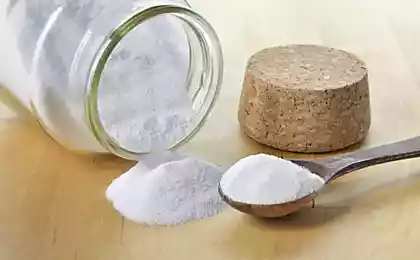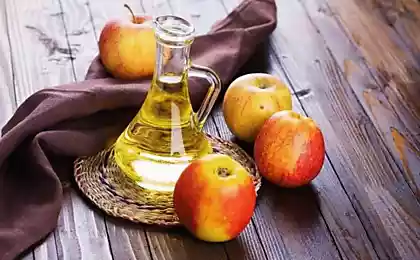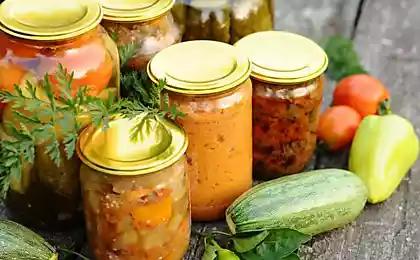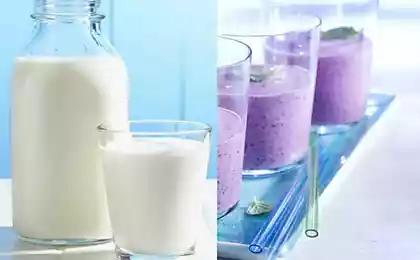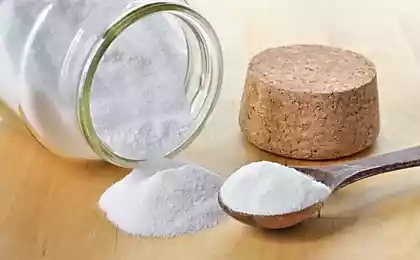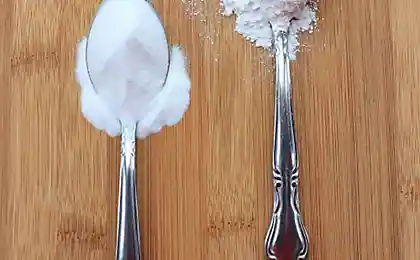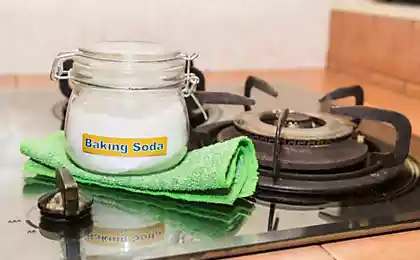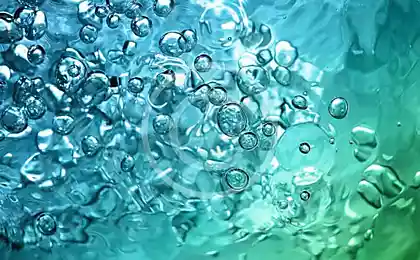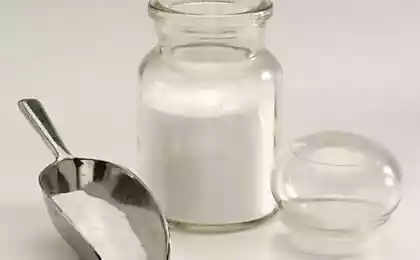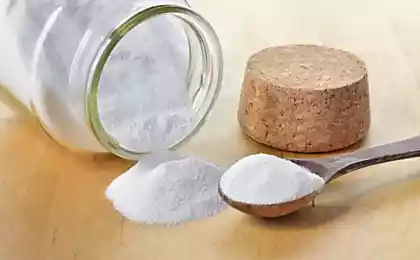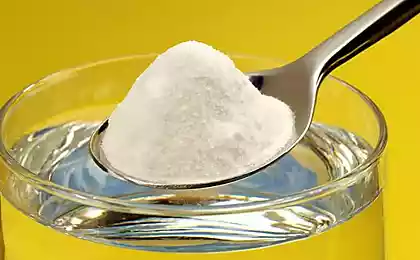177
Why an experienced hostess will not quench soda with vinegar for baking
Why do you even have to quench the soda? I just threw it in the dough, and then some vinegar needs to be poured. Usually no one thinks about why to do it, just go by prescription, and everything is done. And soda, meanwhile, is an excellent baking powder, without which homemade pastries are unlikely to do. Well, how many hostess, so many opinions, each has its own way, quench.
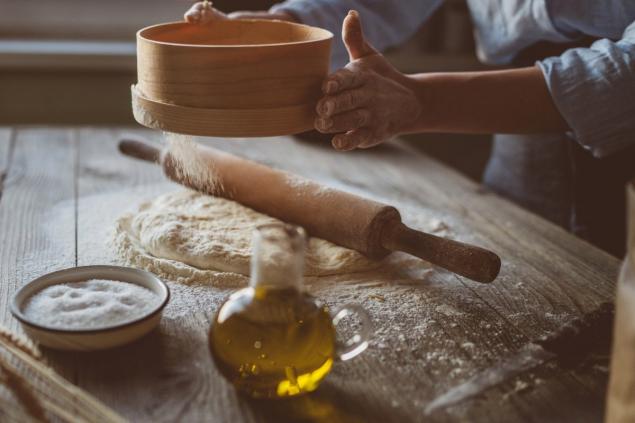
Editorial "Site" I have collected a few observations on this subject and will be happy to share it with you. To say that one way is better than another? It will be difficult because everyone has their own taste. At the end, we'll show you one joke so the dough never falls off.
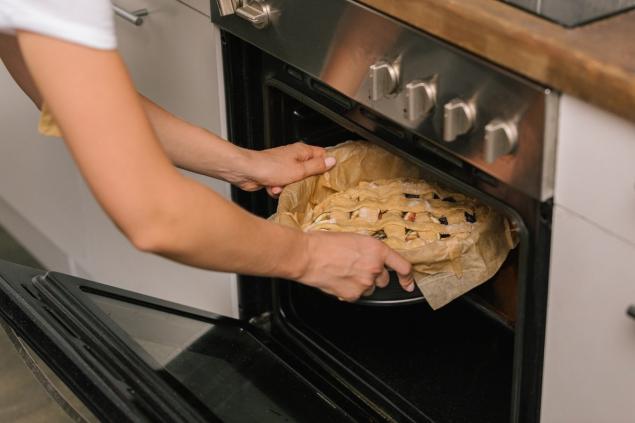
In fact, we need a specific chemical reaction from soda, which is called a neutralization reaction. Alkaline and acid (aka soda and vinegar) neutralize each other, releasing carbon dioxide. That's what gives you the splendor of your excellent baking. If you approach the issue scrupulously, then in this case the result of changing the terms practically does not change.
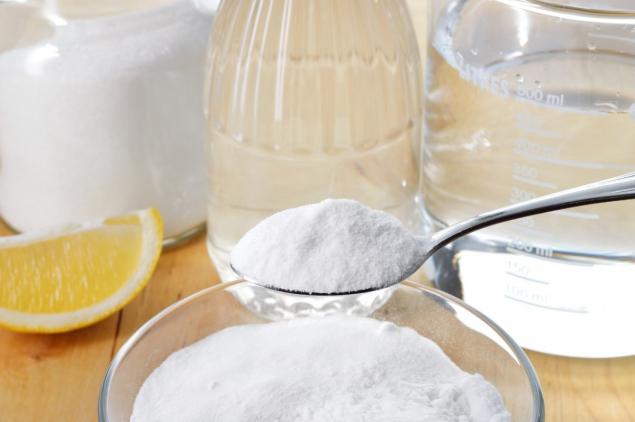
It turns out that for different people it matters. Some housewives deliberately reject vinegar, which is considered a familiar catalyst, some simply did not have vinegar on hand, they tried something else, the result liked, and now only like this, and everyone is recommended. Let’s see what you can add to your arsenal.
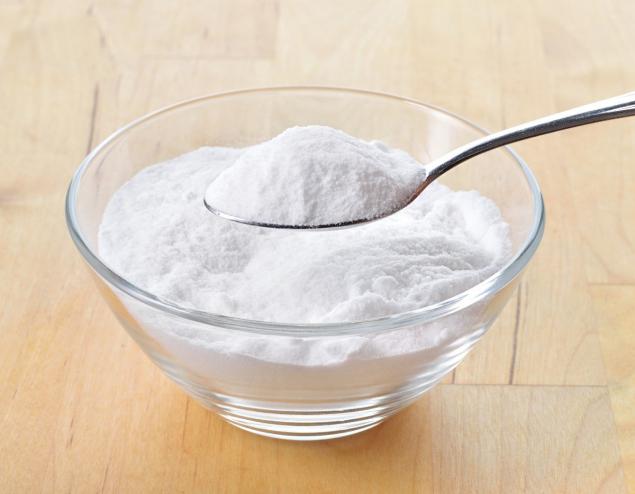
All you need to achieve is that carbon dioxide remains in the dough, and does not escape into the atmosphere to feed the trees. In addition, there is a baking powder on sale that is simply added to the flour. By the way, you can just do it yourself. Take 10 teaspoons of flour, three spoons of soda and five spoons of citric acid, mix it all and store it until better times.
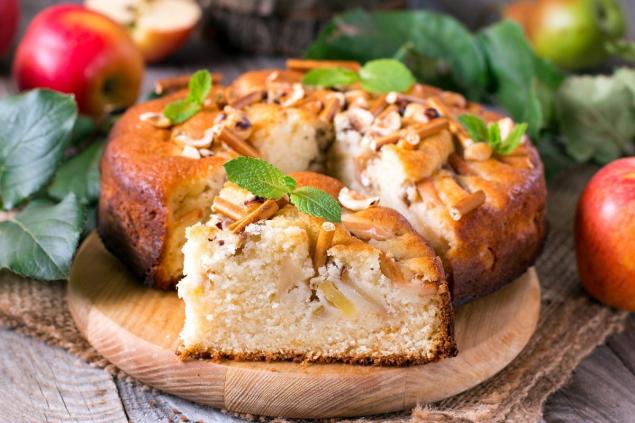
We hope that the question of quench, now completely exhausted. You just have to choose one of the options to which the soul lies the most! And here is a useful link from which you can learn how to prepare excellent pastries. What else can you quench soda, write in the comments, and for now we wish you a good mood!

Editorial "Site" I have collected a few observations on this subject and will be happy to share it with you. To say that one way is better than another? It will be difficult because everyone has their own taste. At the end, we'll show you one joke so the dough never falls off.

In fact, we need a specific chemical reaction from soda, which is called a neutralization reaction. Alkaline and acid (aka soda and vinegar) neutralize each other, releasing carbon dioxide. That's what gives you the splendor of your excellent baking. If you approach the issue scrupulously, then in this case the result of changing the terms practically does not change.

It turns out that for different people it matters. Some housewives deliberately reject vinegar, which is considered a familiar catalyst, some simply did not have vinegar on hand, they tried something else, the result liked, and now only like this, and everyone is recommended. Let’s see what you can add to your arsenal.

- vinegar
To begin with, pouring vinegar in soda and waiting for all the gas to evaporate is wrong. Therefore, everyone is indignant that vinegar does not give the proper effect and the dough “sets”. Do this: add soda to the dry ingredients for the dough, and vinegar to the liquid. That is, in flour and, say, in eggs with milk or sour cream. Stir everything, and then cook the dough. So carbon dioxide will not go anywhere and baking will turn crumbly.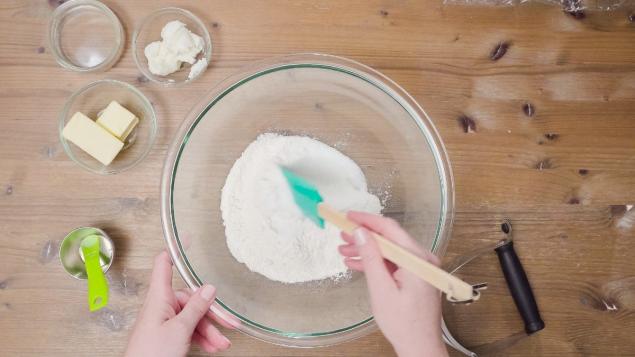
- Water.
Well, nothing at hand, and the dough urgently needs to be kneaded. Don't worry, we're going to quench the soda with boiling water. We need to get some carbon dioxide, so we'll try. Mix the flour and soda in the right proportion and add boiling water. Now you need to quickly bring the dough to a homogeneous state. This method, by the way, is good for pancakes, which are shown to those who exclude sour from their diet. Well, do it with a spoon so you don't scald.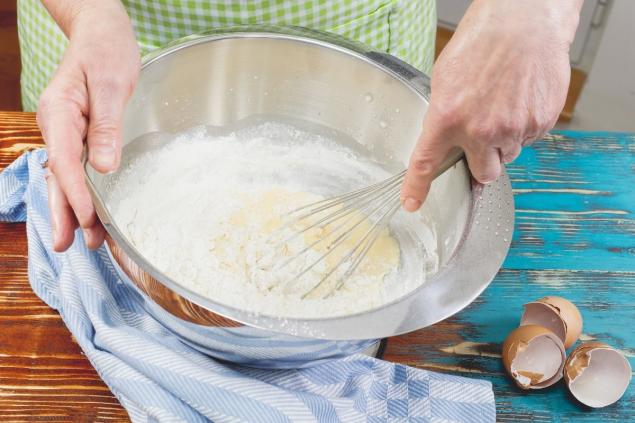
- Sour milk
Some recipes already contain ingredients that contain some acid. Like kefir. Let's learn how to quench soda with it. Nothing complicated. Kefir needs to be heated to become warm, swing the right amount of soda there, stir until there is abundant foam obtained to add to the dough. By the way, yogurt will do, too.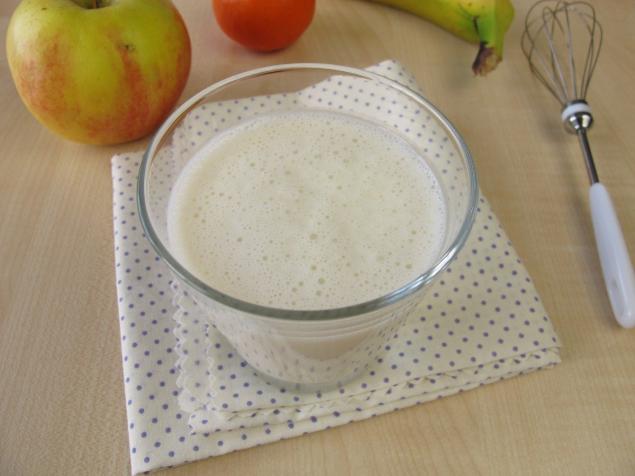
- lemon
We have come to a place that everyone loves and loves. If your taste buds are so sensitive that they “catch” the taste of vinegar in finished baking, then you need to work as a taster. It is generally believed that this method of quenching is used only by professional confectioners. Alas, we will not say anything about this. How do you extinguish soda with lemon?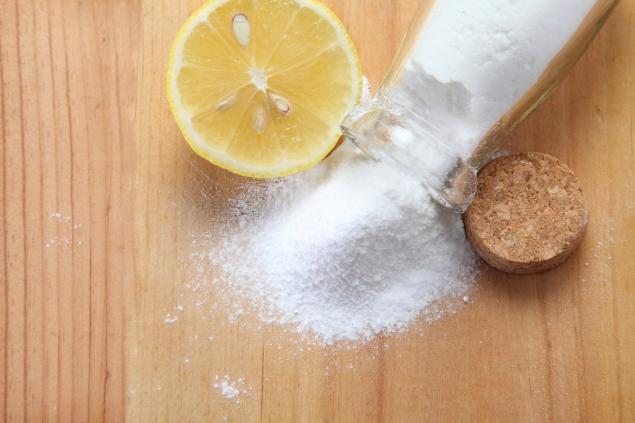
Prepare two glasses, each pour, say, three tablespoons of water. In one, throw soda as much as you need by prescription, in the other add lemon juice. Take him half the amount of soda. Shake the liquid in both and add to the dough. It should be immediately kneaded and immediately sent to the oven. Now baking definitely will not lose shape.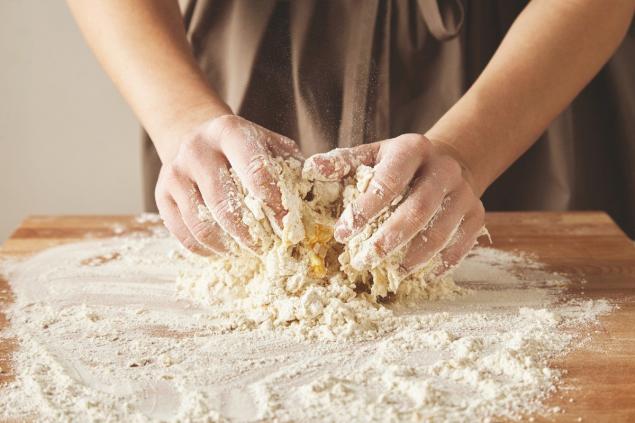
All you need to achieve is that carbon dioxide remains in the dough, and does not escape into the atmosphere to feed the trees. In addition, there is a baking powder on sale that is simply added to the flour. By the way, you can just do it yourself. Take 10 teaspoons of flour, three spoons of soda and five spoons of citric acid, mix it all and store it until better times.

We hope that the question of quench, now completely exhausted. You just have to choose one of the options to which the soul lies the most! And here is a useful link from which you can learn how to prepare excellent pastries. What else can you quench soda, write in the comments, and for now we wish you a good mood!





